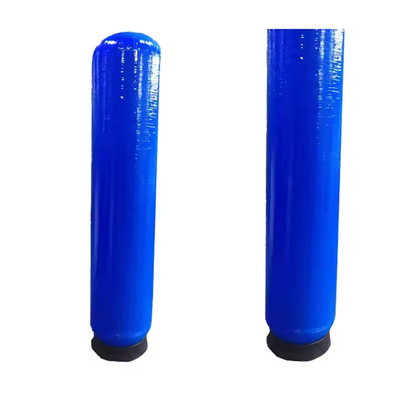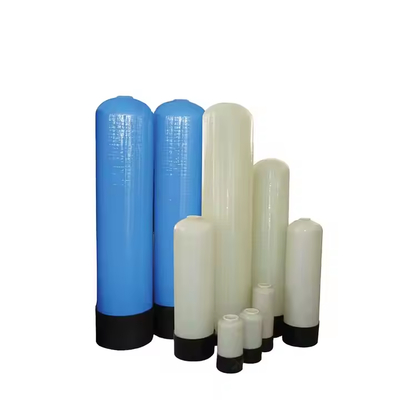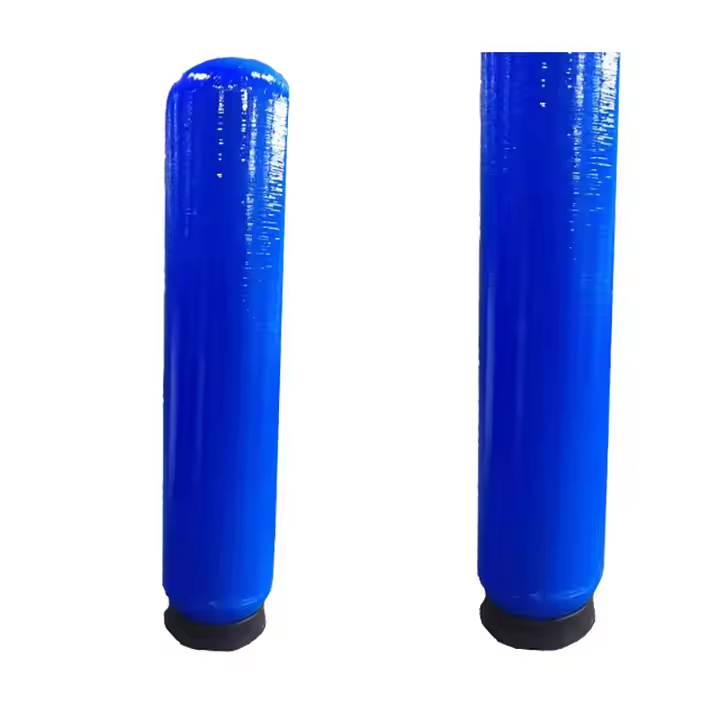FRP Water Tanks Ideal for Industrial Water Treatment & Residential Softeners 13.2~16.2T/H
Product Details:
| Place of Origin: | China |
| Brand Name: | Fenigal |
| Certification: | CE |
| Model Number: | 3674 |
Payment & Shipping Terms:
| Minimum Order Quantity: | 1 pc |
|---|---|
| Price: | Negotiable |
| Packaging Details: | standard export packing |
| Supply Ability: | 60000 Units per Month |
|
Detail Information |
|||
| Size(inch): | 3674 | Diam&Height(mm): | φ900×1900 |
|---|---|---|---|
| Opening(inch): | Top Opening 4" Thread | Design Flow Rate(T/H): | 13.2~16.2 |
| Highlight: | Residential Softeners FRP Water Tanks,FRP Water Tanks 16.2T/H |
||
Product Description
FRP water tanks are versatile solutions for industrial water treatment and residential water softeners, offering odor-free, leak-proof performance, anti-aging properties, and a long service life. These tanks stand out in the market due to their advanced construction and superior features.
Crafted using advanced winding technology, FRP water tanks have integrally formed internal bladders. Compared to same-sized alternatives, they boast corrosion resistance, high quality, an attractive appearance, easy transportation and installation, excellent impermeability, and extended durability. Operating at pressures below 0.6MPa and temperatures below 49℃, they feature top and bottom openings with flange connections, compatible with various control valves from different brands.
The material composition ensures reliability: a seamless PE inner liner, a glass fiber shell with high-strength epoxy resin, a PE base, precision injection-molded threaded openings (2.5"-6"), and optional 4" or 6" discharge ports. Their advantages include perfect corrosion resistance, anti-aging, long lifespan, lightweight design, high strength, thermal insulation, and a non-toxic, smooth surface.
A notable industrial application is a manufacturing plant that integrated FRP water tanks (size 3674 inches, φ900×1900mm, top opening with 4" thread) into its water treatment system. With a design flow rate of 13.2~16.2 T/H, these tanks efficiently softened water for production lines. Their corrosion resistance prevented contamination, while the lightweight structure simplified installation. Over two years, the tanks maintained stable performance, reducing maintenance costs by 30% compared to metal tanks.
![]()
![]()
![]()
![]()






